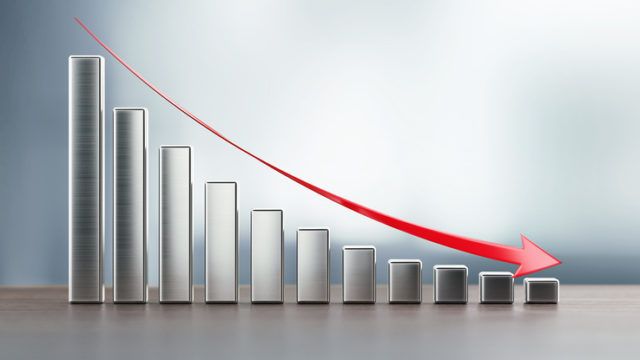Largest mutual fund managers in China saw net outflows from their active funds in the first quarter of 2018, as investors continued to favour putting money into money market and short-term bond funds, data from Morningstar shows.


Largest mutual fund managers in China saw net outflows from their active funds in the first quarter of 2018, as investors continued to favour putting money into money market and short-term bond funds, data from Morningstar shows.

Data collected by FSA show a significant increase of interest in global emerging market equity funds among fund selectors in Hong Kong, Singapore, Thailand and Malaysia.

FSA compares the Aviva Investors – Global Convertibles Absolute Return Fund with the GAM Multibond Absolute Return Bond Fund.

JP Morgan and Schroders were the top two asset gatherers in Hong Kong-domiciled active mutual funds in the first quarter of 2018.

Mirae Asset Global Investments and CSOP Asset Management are delisting leveraged and inverse ETF products, according to the firms’ filings with the Hong Kong Exchange.

FSA compares the Threadneedle (Lux) Global Asset Allocation Fund with the Fidelity Growth & Income Fund.

Mutual funds with substantial holdings in China’s three internet giants – Baidu, Alibaba and Tencent – underperformed the MSCI China index in 2017, data from FE show.

The assets under management in Hong Kong ETF market slipped in the first quarter of 2018, placing it for the first time below South Korea, Morningstar data show.

While Thailand equity markets did not escape global correction in February, Thai investors saw it as a buying opportunity, fund flows data from Morningstar show.

Net sales of mixed-asset funds in Hong Kong grew tenfold in 2017 compared to the year before, as investors hedged the risk of a market correction, according to data from Hong Kong Investment Funds Association (HKIFA).
Part of the Mark Allen Group.
